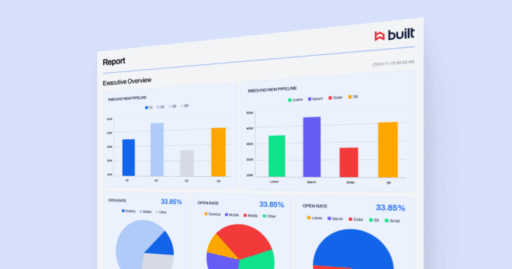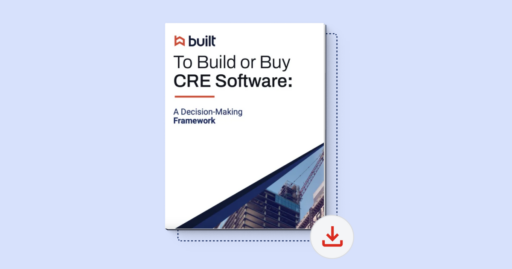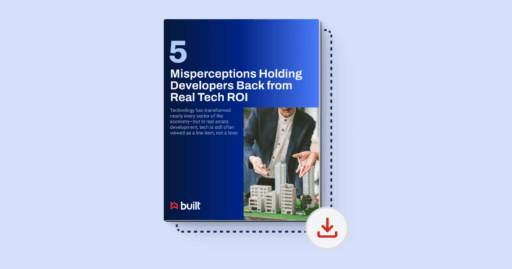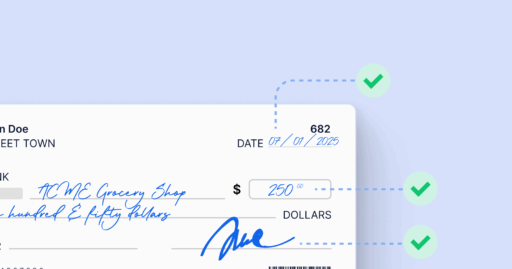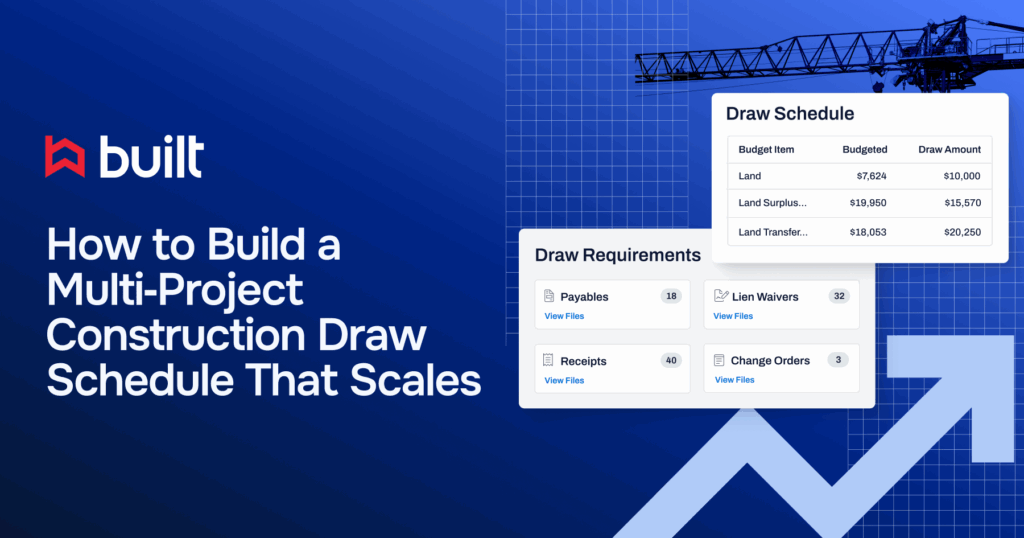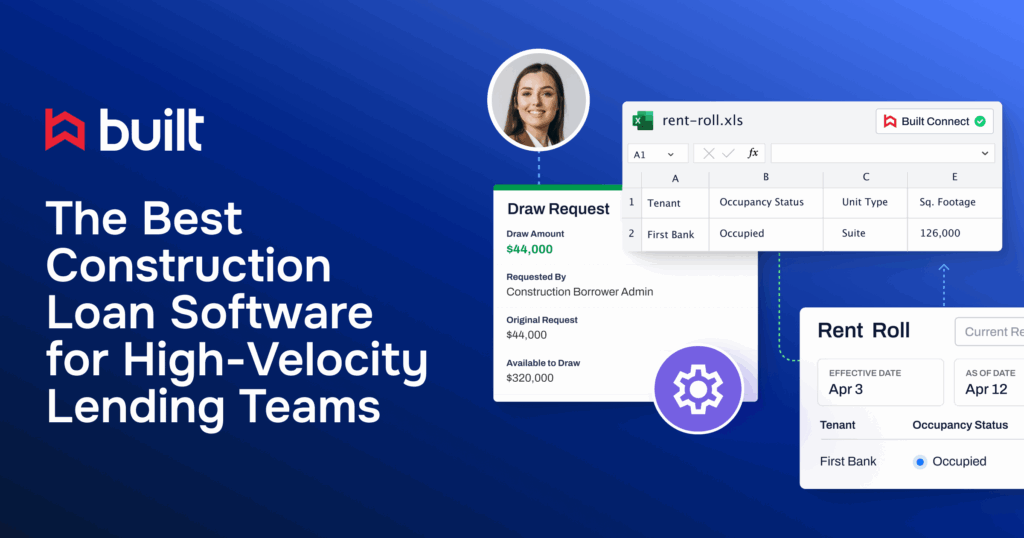
The Cost of Paper Checks in Construction

While most businesses have transitioned from checks to electronic payments, many in the construction industry have been slow to make this change. Unfortunately, those businesses are throwing away a lot of money through inefficient processes, wasted time, and unnecessary costs. Printing and sending paper checks can cost construction businesses a lot more than just time spent and supplies. It can eventually lead to increased prices for materials and services, lower work quality, and project delays.
In this article, we’re going to look at the true costs of processing payments with checks, including some hidden costs. Then, we’ll look at a solution that can help you process payments faster and cheaper, saving you both time and money.
Tasks required to process paper checks
It takes more than just printing paper checks to complete the payment process. Here’s a breakdown of the tasks that need to be completed to process a payment by check in the construction industry:
- Purchase check stock
Blank check forms are printed offsite and delivered to the owner or contractor. - Compliance checks
Compliance checks are performed to ensure that each vendor meets the project contract’s requirements. This includes checking licenses, insurance, lower-tier supplier balances, and bond status. - Payment approval
The project manager or supervisor approves invoices for payment. This often occurs after the contractor receives payment from the project owner. - Check printing
Invoices are selected for payment in the accounting software, and checks are printed. - Remittance printing
If the remittance information isn’t included on the check stub or doesn’t fit, separate remittance instructions are printed. - Signatures
The printed checks are routed to the appropriate signer(s). - Lien waiver printing
If required, lien waivers are created and printed to be included with the checks. - Envelope stuffing and postage
Checks, remittances, and lien waivers are folded and put into envelopes, postage is applied, and the checks are sent out through the mail or other delivery service. - Reconciliation
The bank account statement balance is reconciled monthly using accounting software. Outstanding checks are listed in reconciliation reports and must be investigated if they aren’t processed within a reasonable time. If checks are stolen or misplaced, new checks must be printed and mailed, and stop payment applied.
Time spent processing paper checks
According to the Association for Financial Professionals 2022 Payments Cost Benchmarking Survey, businesses spend 6-10 hours each week on activities related to cutting checks, processing ACH transactions, and reconciling payments. Here’s how the time was split out:
Total time spent on payment processing per week
Time spent on ACH processing per week
Time spent processing checks per week
As mentioned above, construction industry payments have added tasks like checking compliance requirements and creating and printing lien waivers, which will add to the time needed to process payments. The times above are for general businesses and non-profits, not contractors specifically.
Costs to print and process checks
According to the AFP 2022 Payments Cost Benchmarking Survey, it costs businesses an average of $2-4 to issue a paper check, with some businesses paying more than $10 per check. Checks have the highest labor cost of any payment method.
Here are some of the factors and expenses that affect the cost of issuing a check:
- Volume of checks
The cost per check goes down when a larger number of checks are processed. Small batches are more expensive.
- Wages
Labor costs directly affect the price per check.
- Cost of check stock, paper, and printing
This includes printing check stock (usually by an outside entity), paper for remittance and lien waivers, and onsite printing costs.
- Postage
A one-ounce regular-sized envelope costs $0.73 to mail through the Postal Service. Other private delivery services charge more.
Other “costs” of using paper checks
The direct financial impacts of using paper checks are not all the costs associated with this payment method. Here are some other “costs” that you may not have thought of:
- Harder to track bank balance
With outstanding checks in the mail or waiting for the recipient to deposit them, it can be difficult to know exactly how much money you have in the bank. Neither your accounting software nor the bank will show the correct balance. - Slower payments
Paper checks slow down the payment process, leading to cash flow issues for contractors, subcontractors, and suppliers. Many have to rely on financing or credit cards to pay operating expenses while waiting for project payments. This increases operating expenses, leading to higher prices for materials and work. Rabbet’s 2024 Construction Payments Report showed the value of slow payments in the construction industry at $280 billion. - Higher prices for materials and services
Delayed payments lead to increased operating expenses, which causes suppliers and contractors to raise their prices. In addition, most suppliers and subcontractors raise their prices for the slowest payers to recoup some of the additional costs. - Reduced quality of work
Some subcontractors and suppliers choose not to work with contractors or owners who are notoriously late with payments. So these owners and GCs must look to newer, inexperienced subcontractors and suppliers, which can lead to lower-quality work. - Project delays
When payments are not made in a timely fashion, it can cause project delays. Materials may not arrive on site when needed if the contractor can’t afford to pay for them. Or a subcontractor may not be able to perform if they can’t pay their employees. - Fraud and theft
Checks are highly vulnerable to fraud and theft. The 2024 Association for Financial Professionals Payments Fraud and Control Survey Report found that 65% of respondent organizations had faced check fraud. A CBS News report in 2024 found that mail theft has skyrocketed, from fewer than 60,000 complaints in 2018 to more than 250,000 in 2023.
There is another way
If, after reading this, you’re looking for another way to make faster, less expensive, and more secure payments, Built’s Construction Payments may be the solution.
Here are some advantages of ACH over checks:
- Payments are sent quickly with instant access to funds
- No outstanding transactions to reconcile or payments getting lost in the mail
- Low processing fees
- Reduced cash flow issues
- Reduced risk of fraud or theft
- Automation can help save additional time
Built’s Construction Payments product lets you pay your vendors easily and securely. Within our portal, you can:
- Make multiple payments at the same time
- Ensure that compliance documents are up to date
- Share payment status and details with vendors
- Provide secure onboarding for vendors
- Secure vendors’ financial information (Built follows strict SSL, SOC 2, and Data Privacy regulations)
Get Started with Construction Payments
Whether you’re an owner, developer or general contractor paying vendors & subcontractors, Built helps you streamline your construction accounts payable process.
Related Posts
Want to learn more?
Connect with our team for a customized demo and see how Built can streamline your workflows and boost your business.
